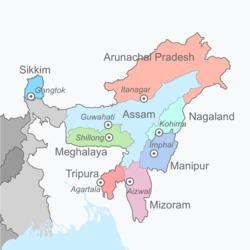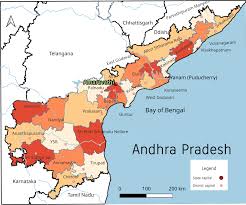The Importance of Northeast India: Culture, Economy, and Future

Introduction
Northeast India, comprising eight states, is a region known for its diverse cultures, rich biodiversity, and strategic geographical location. It consists of Assam, Arunachal Pradesh, Manipur, Mizoram, Nagaland, Tripura, Meghalaya, and Sikkim. With its unique blend of ethnic groups and natural resources, this area plays a critical role in India’s cultural heritage and economic development. The relevance of Northeast India in the national framework is increasing, given its potential for tourism, trade, and regional cooperation with neighboring countries.
Current Developments
Recently, the government has focused on improving connectivity in Northeast India through significant infrastructure projects. The construction of new highways and enhancement of rail networks aim to bolster economic activities and improve access to remote areas. Initiatives like the Bharatmala Project and North East Road Sector Development Scheme are transforming transportation, inviting more business investments and facilitating tourist influx.
A vital development has been in the tourism sector, with campaigns to promote the scenic beauty and cultural festivals of the region. Events like the Hornbill Festival in Nagaland and the Wangala Festival in Meghalaya have garnered attention, making them popular tourist attractions. This rise in tourism is predicted to stimulate local economies, leading to job creation and increased income for local communities.
Challenges and Opportunities
Despite its potential, Northeast India faces challenges, including infrastructure deficits and social unrest. Insurgency and ethnic tensions have historically hampered development. However, ongoing peace talks and local governments’ efforts to foster harmony show positive signs of stability, which could enhance the region’s attractiveness as a business destination.
Furthermore, initiatives aimed at promoting local handicrafts and organic farming present opportunities for sustainable economic growth. The One District One Product initiative seeks to support local artisans and businesses, which can not only preserve cultural heritage but also empower communities economically.
Conclusion
As Northeast India continues to develop, its importance in the larger context of the Indian economy and culture cannot be understated. With government support, increased investment, and an emphasis on peace and sustainability, the region is poised to emerge as a significant player in India’s growth story. For readers, understanding Northeast India’s dynamics involves recognizing its challenges and the exciting opportunities that lie ahead.









